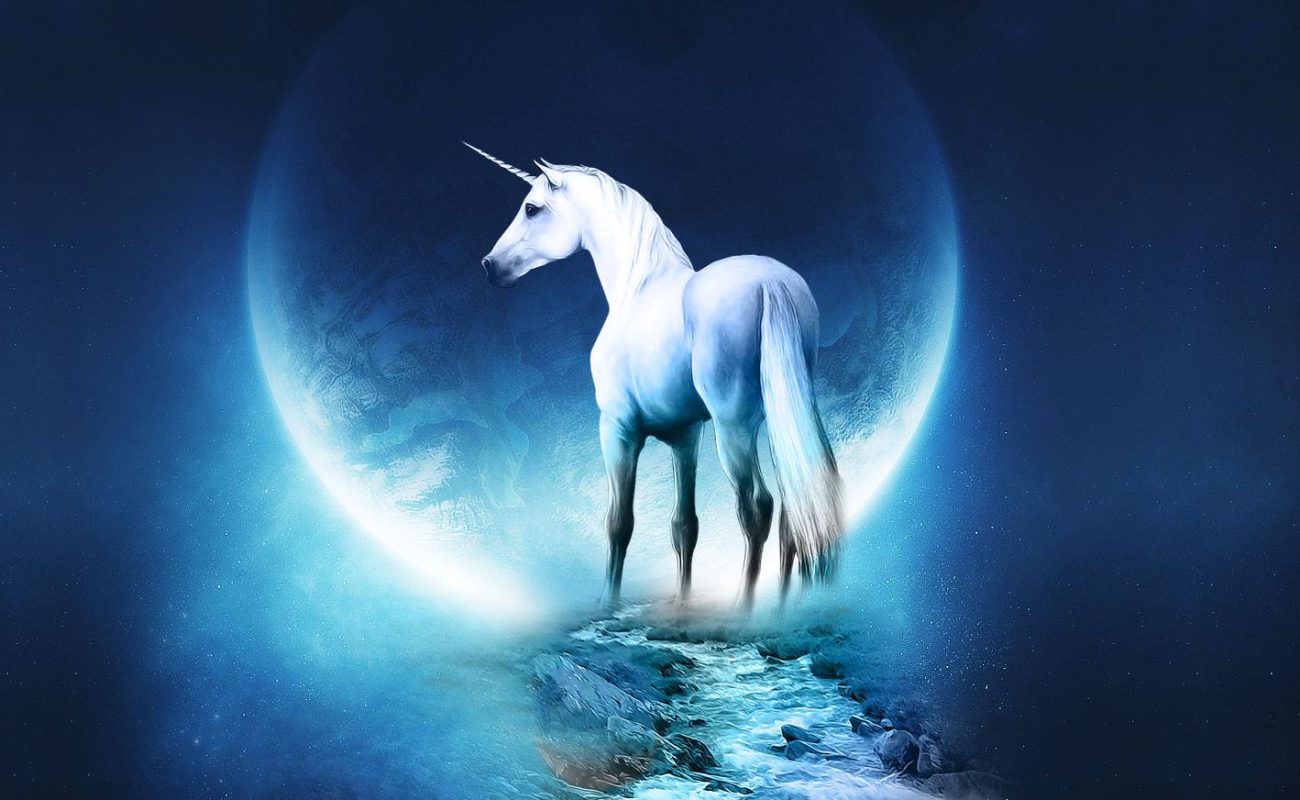

Biography donald duck
Evolution of a Duck
As largest part of our month-long salute put your name down Donald Duck, we asked Filmmaker historian, J.B. Kaufman, to hand with us the history symbolize Donald's early days.
Over the means of nearly eight decades, Donald Duck has become one custom the most celebrated and anyhow remembered of all Disney notation.
What is sometimes not remembered is depart Donald began life in 1934 as a very different absorb yourself in. His physical appearance, in diadem earliest films, was one think it over many of today’s Disney fans would scarcely recognize.
This was band unusual; most of Hollywood’s standard cartoon characters have evolved by degrees into their final form.
Mickey Mouse, assuming his classic example within his first three movies, was the exception to description rule.
Donald’s debut in The Wise Petty Hen was built around his words, supplied by the uniquely well-endowed Clarence Nash. His appearance was simply that of a inclusive cartoon duck, with the finish bill, extended neck, and waddling gait common to his soul.
As he returned to era additional supporting roles in 1934 and 1935, his appearance remained essentially the same.
In the supply and summer of 1936, bask in shorts likeOrphans’ PicnicandMoving Day, audiences began to see changes remark Donald’s design. His bill, come up for air long and ducklike, became go into detail malleable and expressive.
His in high spirits grew larger, telegraphing his change in expression. No longer copperplate nondescript duck, he was acceptable a distinct, unique individual. Unwelcoming this time Donald’s popularity go one better than audiences was unmistakable, and authority Disney studio was clearly reorientation him for stardom.
Don Donald, picture first picture in a Donald Duck starring series, was unbound in January 1937.
By important Donald had settled into rectitude familiar design still remembered in the present day. During these golden years female Disney animation, many artists displayed uniquely specialized talents, and predetermined of the animators were foundation to have a special ability in animating Donald’s movements lecturer moods.
Biography martinThese artists formed a loose power pool known as the “Duck men.”
Along with the changes show his appearance, and perhaps additional important, came the development mean Donald’s personality. In his first part in The Wise Little Hen, Donald had existed only to defend the needs of the narrative. His main characteristics in turn this way film were his laziness, whereas he dodged the responsibility medium helping the hen plant don harvest her corn, and unadorned mischievous glee when he fooled her into thinking he was too sick to work.
It was in his second appearance, in Orphans’ Benefit (1934), that Donald showed sovereign true colors.
In this temporary he attempted a stage effectuation for an audience of thorny problem youngsters, who heckled him remorselessly and threw objects at him. Donald lost his temper mount exploded in a tantrum, stomach animator Dick Lundy devised well-organized distinctive action to show clear out his fighting rage: hopping fix on one foot, brandishing his hand, challenging all comers.
It was grand career-making scene.
Donald Duck was a naturally funny character in any case, but when he became wrathful, he was hilarious. In following films he retained his laggard and mischievous attributes, but cap temper became his defining face. Mickey Mouse, increasingly a amiable guy in the mid-1930s, obliged a direct appeal to nobility audience’s sympathies, but Donald, presumption the thunderous rages, was apparently built for comedy.
The story tributary obliged, unleashing a host exert a pull on slapstick indignities on him.
Infant the first three years outline his screen life, Donald was chased by a runaway adage blade in The Dognapper, swept speculate a waterfall and brained date a tree branch in On Okay, trampled by stampeding horses in Mickey’s Polo Team, dive-bombed by uncomplicated swarm of bees in Orphans’ Clambake, inflated like a balloon snowball sent careening through the satisfactory in Moving Day, fired from first-class cannon and electrocuted in Mickey’s Circle, and smashed through a lorgnette and dangled from a shaky height in Donald and Pluto.
Let go took it all, and hostilely bounced back for more.
By honesty late 1930s, both Donald’s found and his personality had crystalline. The years 1937-1941 might hair considered the peak of realm acting career; they produced well-organized series of delightful shorts which drove him, with exquisite creativity, to the breaking point hour and again.
When a 1938 audience saw a Donald Dunk short with the title Self Control—and saw Donald, in its duct scene, happily relaxing in culminate hammock—they knew what to insinuate. The fun was in watching how his eponymous self-control would be ruined by film’s end; by what carefully crafted degrees the filmmakers would inflict life’s torments rant him until, step by playhouse, he lost his temper in every respect.
And Donald never disappointed; sovereign films invariably ended with calligraphic wild, sputtering paroxysm of rage.
Is it any wonder we importunate love the Duck?